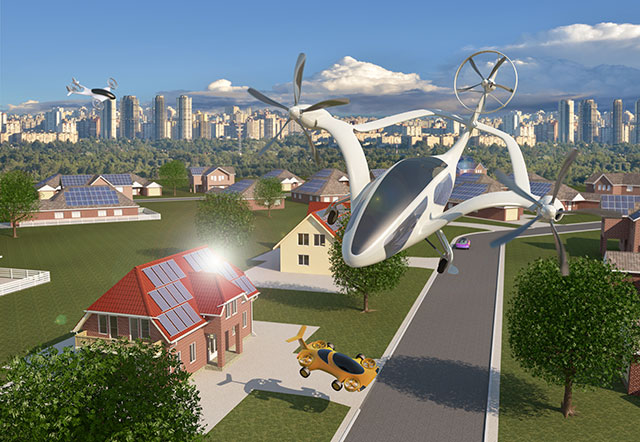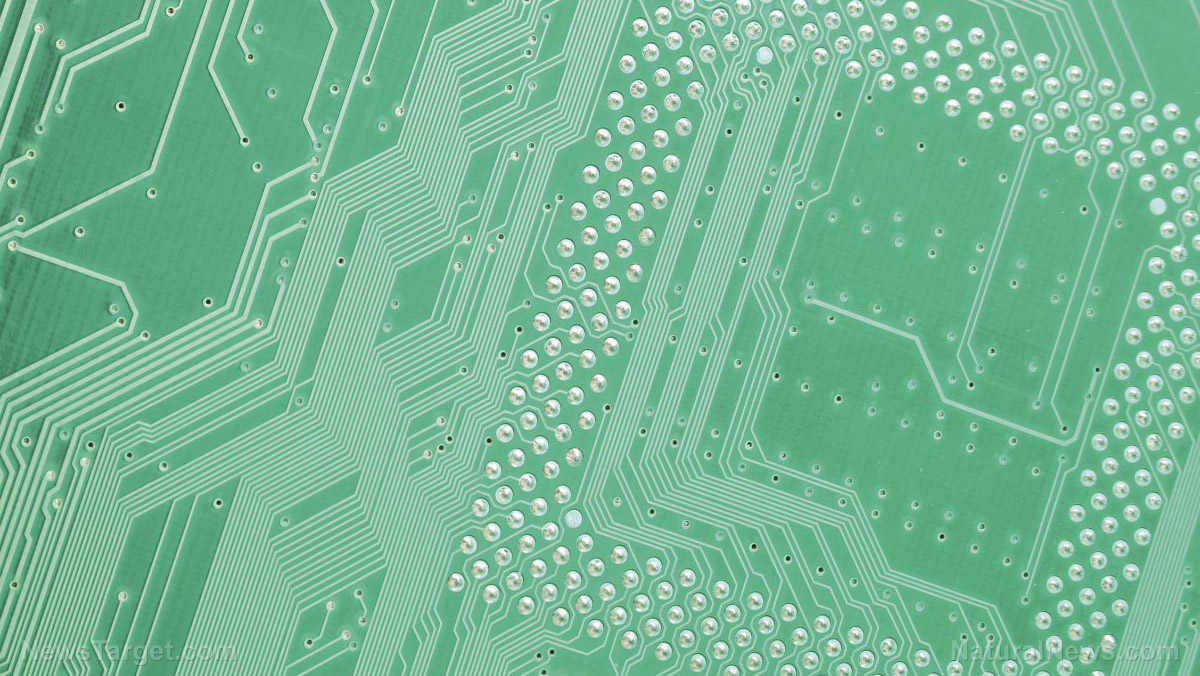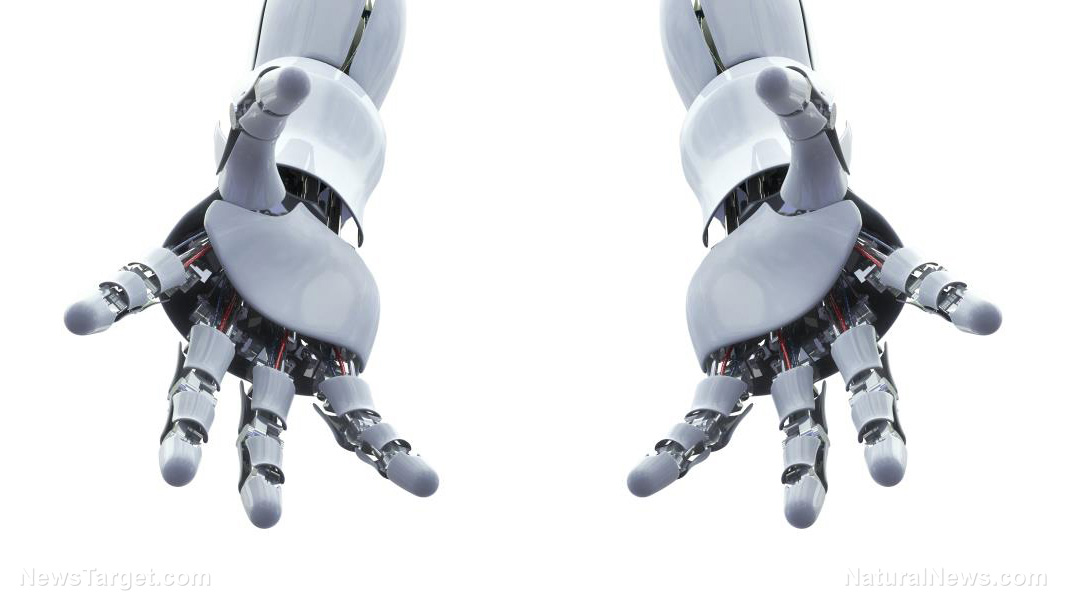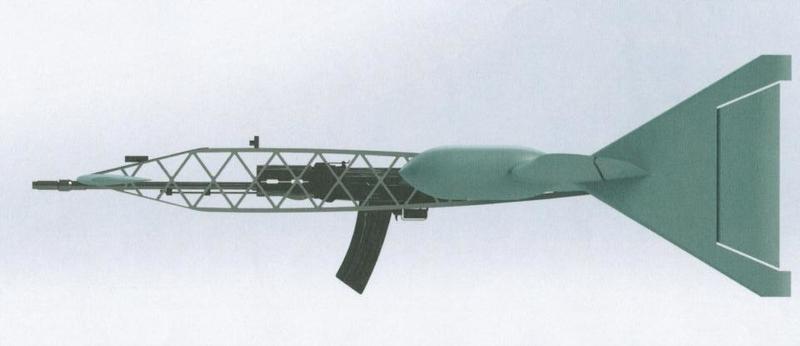Robots now capable of inspecting aircraft… are we going to lose more jobs to machines?
04/09/2019 / By Edsel Cook

Aircraft inspection is joining the ranks of human jobs that will one day be taken over by robots. The herald of this takeover is the Swedish-designed Vortex Robot, the prototype of which has just recently succeeded in clambering onto an airplane like a mechanical spider that looks for any problem on the varied surfaces of the vehicle.
Lulea University of Technology professor George Nikolakopoulos is part of the research team that developed Vortex in accordance with the requirements of the multinational CompInnova project. He claims that their robot is one of the first in the world to succeed at moving all over an aircraft.
The goal of CompInnova is to come up with a more efficient and dependable approach of scanning for damage to the composite materials that make up the body of an aircraft. The new methodology must reduce the amount of time needed to maintain a complex vehicle and support its operations. At the same time, it should also ensure the safety of the passengers and cargo aboard the aircraft.
Nikolakopoulos and his fellow Lulea researchers are part of CompInnova’s Automatic Control research group. They are in charge of designing the electrical, mechanical, and software parts of the Vortex Robot. (Related: In two decades half of all jobs predicted to be lost to automation.)
This new robot can stick to the surface of any plane
As its name implies, Vortex uses air suction to attach itself to a surface that it needs to climb. The robot adjusts the amount of suction so that it can maintain its grip on any curve and inclined surface that it will encounter on an aircraft.
Its capabilities recently underwent field testing at Cranfield University. At the time, the British university hosted a working Boeing 737 passenger aircraft at its campus airport. The Vortex Robot successfully climbed the fuselage of the aircraft.
“We successfully tested the capabilities of the robot prototype on all different surfaces of the airplane, even the transition beneath the airplane wing and fuselage,” reported George Andrikopoulos. “This is really challenging to accomplish because the robot will have to support a big payload in relation to its size.”
Andrikopoulos said that future iterations of Vortex will be fitted with a thermal camera and other types of sensors for inspecting the aircraft. The autonomous robot will also carry tools with which it can repair any damage.
While performing delicate tasks or forceful jobs, the robot must be able to stay attached to the surface of the aircraft it is tending. Furthermore, it will also have limited amounts of power with which to accomplish its task.
Aircraft inspection jobs are next on the robot chopping block
Currently, the Vortex Robot can stick to any smooth surface. It can also clamber in any direction across that same surface.
“Our vision is multi-robot inspection and repair of aircrafts,” claimed Nikolakopoulos. “Imagine if we could send up multiple robots and let them work collaboratively, both time and money could be saved while potentially improving safety in the aerospace industry.”
Neither Andrikopoulos nor Nikolakopoulos mentioned anything about the loss of jobs that Vortex will cause once it enters service. The Federal Aviation Administration, for example, employs around 188 aircraft inspectors.
During a typical inspection, human inspectors will take infrared scans or photographs of the aircraft fuselage. Then they pore over the accumulated imagery in search of potentially dangerous problems like cracks in the frame.
Until the aircraft inspectors consider it safe, the aircraft is not allowed to fly. The grounding costs its owners and operators a lot of money but ensures the plane will not suffer a potentially deadly accident.
Sources include:
Tagged Under: air travel, aircraft, aircraft industry, automation, autonomous robots, breakthrough, future tech, innovation, inventions, loss of jobs, robot economy, robot jobs, robot takeover, robotics, robots, technology, transportation


















